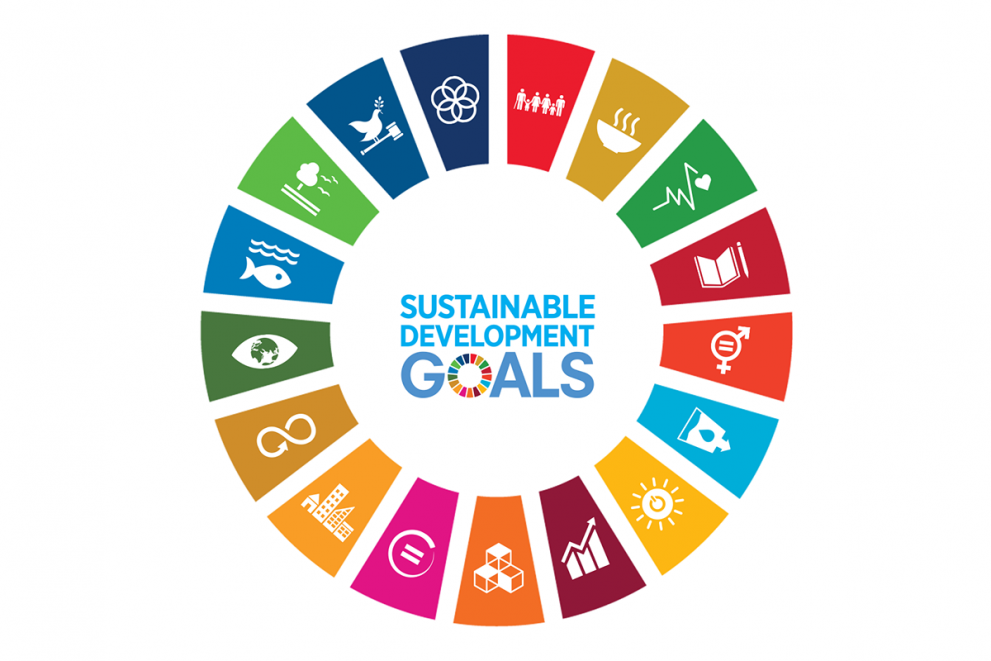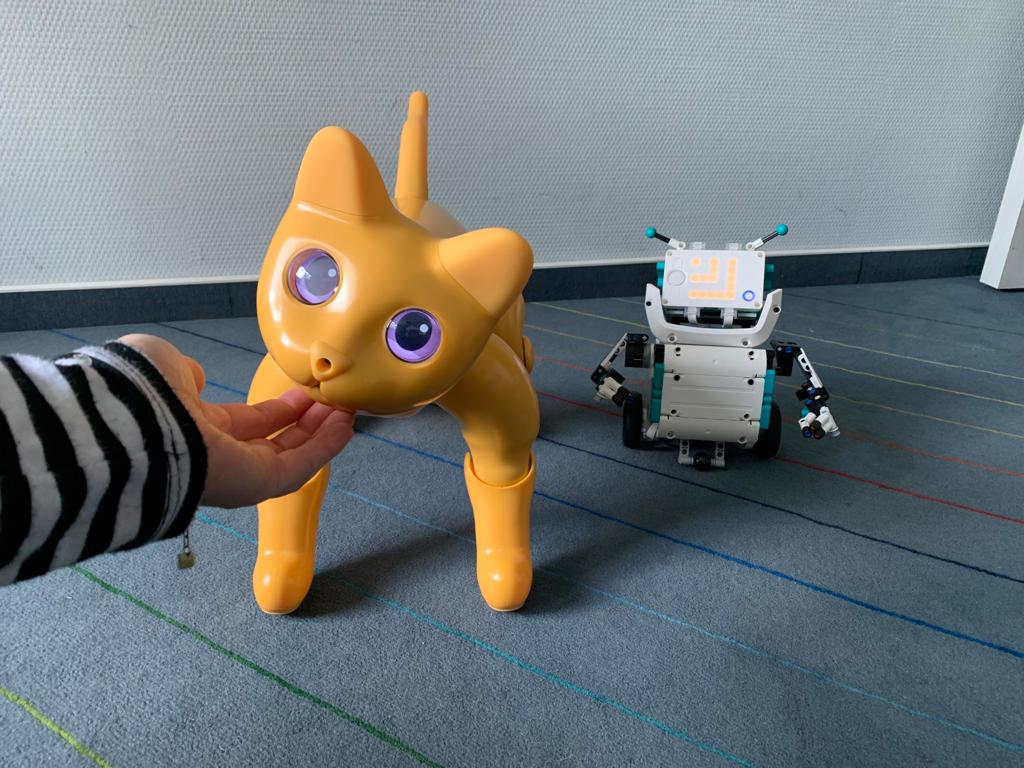-

SDGs, Precarity and Literary Studies
Live program on the sustainable development goals, literature and precarity 1-6 July!
-

Welcome Hannah Link, visiting researcher
Hannah Link (PhD candidate at Johannes Gutenberg-Universität Mainz) will be staying as a visiting researcher at the Posthumanities Hub during spring 2024. Welcome Hannah! Here’s […]
-
Postdoc in Oulu now!
Dear Colleagues, A friendly reminder that the call for our three-year postdoc position at the University of Oulu closes tonight, 29 January at 11:59pm Finnish time. The postdoc will […]